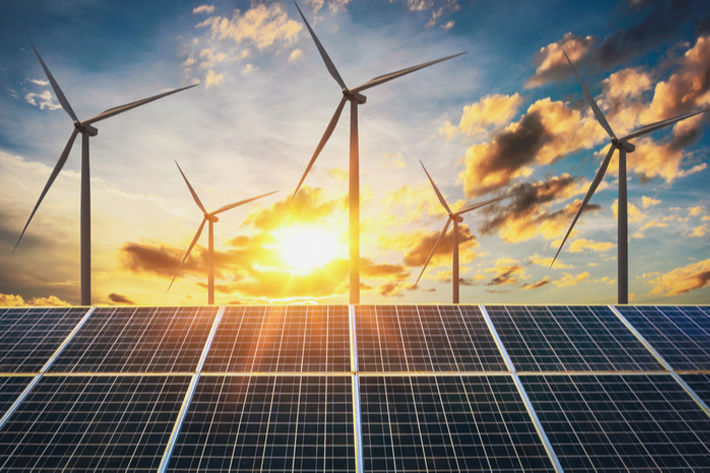
“Multinational corporations responsible for up to $150 billion of Vietnam’s export revenues have made specific pledges on carbon neutrality or decarbonisation of varying scope and timelines,” said Thu Vu, energy finance analyst leading the Vietnamese market coverage for Lakewood, Ohio-based IEEFA.
“These brands’ journey toward sustainability progress is one in which Vietnam cannot afford to ignore or miss out on,” she was quoted as saying by a Vietnamese media outlet.
Vietnam is currently the largest exporter of goods in developing Southeast Asia. With nearly 60 per cent of the exports being manufactured goods for the big brands, its growing role in the global supply chain comes with the pressure to be attuned to the brands’ needs and preferences.
In the report, Thu describes the macroeconomic spillover effect of a solid renewable energy adoption plan in Vietnam, as well as the key drivers that will shape the sector’s next stage of growth.
“Solar and wind power is no longer a sole matter of incremental power supply, but also an insurance policy for jobs, hard currency earnings, economic growth, and a conduit for sustainable investments,” she said.
“Unlike the past, this decade’s revenue streams will rest on the country’s ability to plug factories to a low-carbon grid.”
Prime Minister Pham Minh Chinh committed Vietnam to a 2050 net-zero carbon emissions target at the 2021 United Nations Climate Change Conference just as international consumer brands, many of whom have supplier clusters in the country, are making supply chains’ emissions reduction front and centre of their decarbonisation strategy.
Companies such as Nike and Apple have been prominent advocates of an ambitious and robust clean energy adoption plan in Vietnam, have asked the government to enable their suppliers’ factories access to clean energy options, said Thu. “For these corporates, getting clean power is less about immediate cost savings.”
She explained that this was part of a wider, more pressing carbon footprint reduction effort, without which their bottom lines, ability to access lower-cost capital, and reputation would be put at risk.
Greater focus on corporate clean energy needs can be seen in the rapid growth of distributed renewable power solutions, such as commercial and industrial (C&I) rooftop solar systems, for which the government and state utility Vietnam Electricity (EVN) have expressed continued support.
“These systems help ease demand, grid congestion, and relieve EVN of the pressure of developing and funding new capacity,” she added.
She noted that Vietnam’s C&I rooftop solar segment had been quietly driving capacity growth this year amid the temporary policy freeze on utility-scale projects. High-profile investors are entering this market, such as the French utility group EDF and South Korean conglomerate SK Group. Both have formed joint ventures with local partners, each pledging over $100 million in investment over the next few years.
Eco-industrial parks are also gaining traction in the country, with the owners proactively exploring clean energy solutions to lure ESG-conscious tenants. Sembcorp-backed Vietnam Singapore Industrial Park’s expansion in Binh Duong Province recently announced that it would develop an onsite solar farm to power its tenants.
The government has been undertaking regulatory and technical preparatory work for an offsite corporate renewable energy procurement scheme, also known as the Direct Power Purchase Agreement (DPPA). This is highly anticipated by energy-intensive corporate consumers who lack access to adequate onsite renewable resources.
DPPAs are expected to be deployed in 2023-2024 with an initial cap of one gigawatt (GW) capacity. “The charm of DPPA is that it relieves EVN of tariff pressures,” she added.
Fibre2Fashion News Desk (DS)